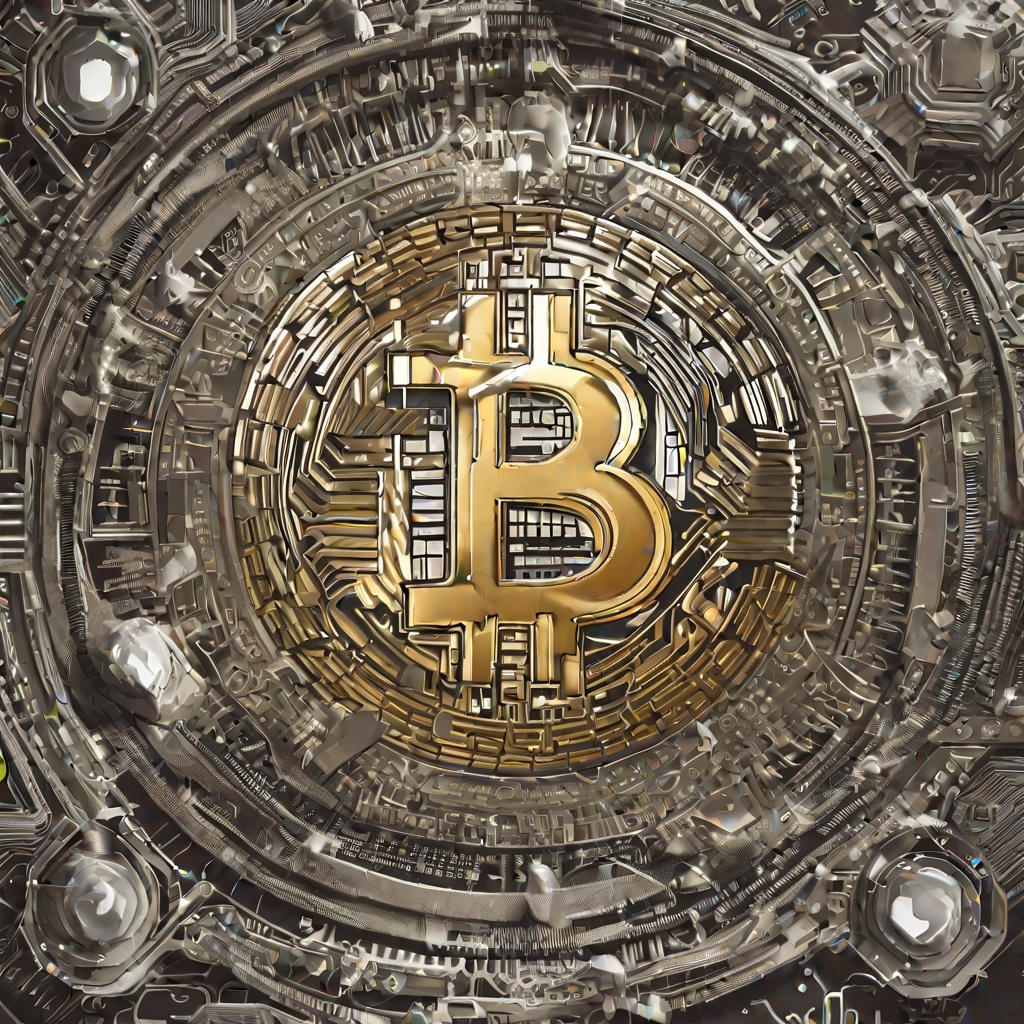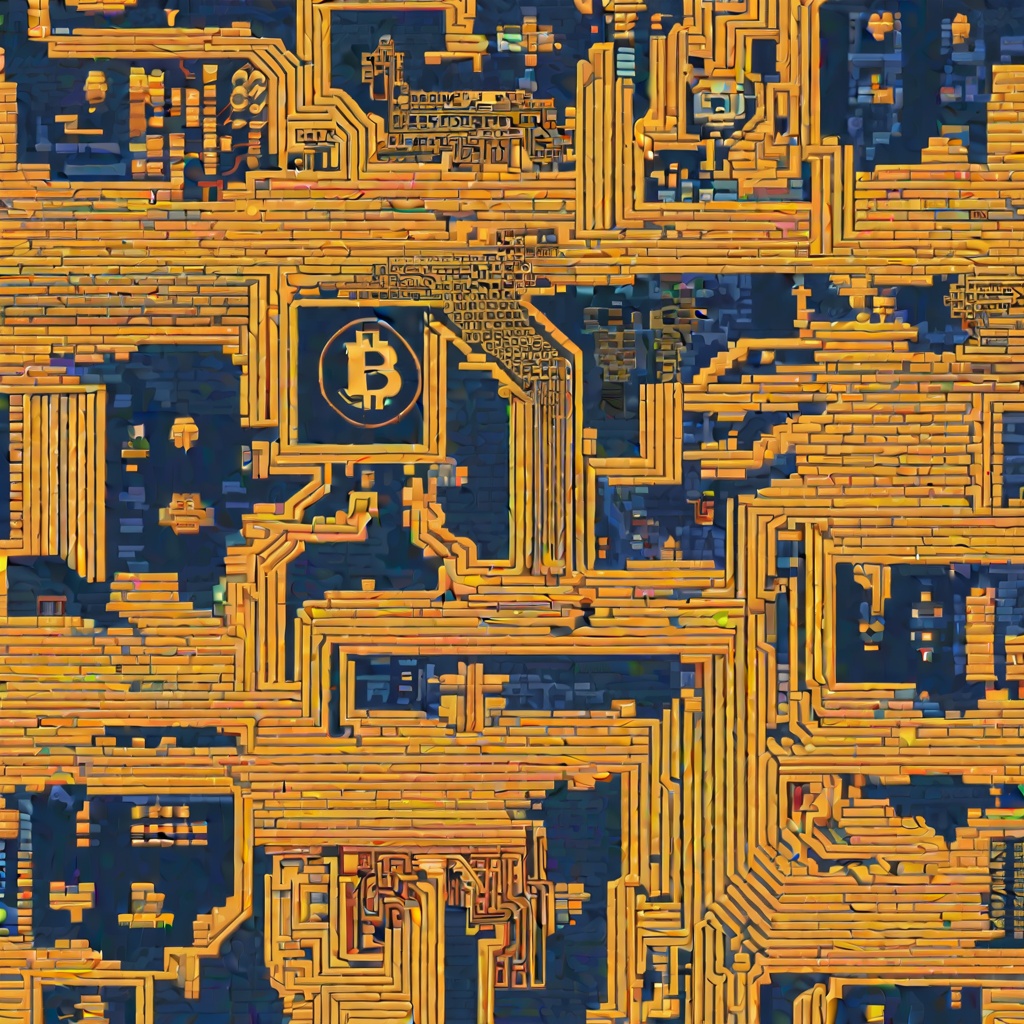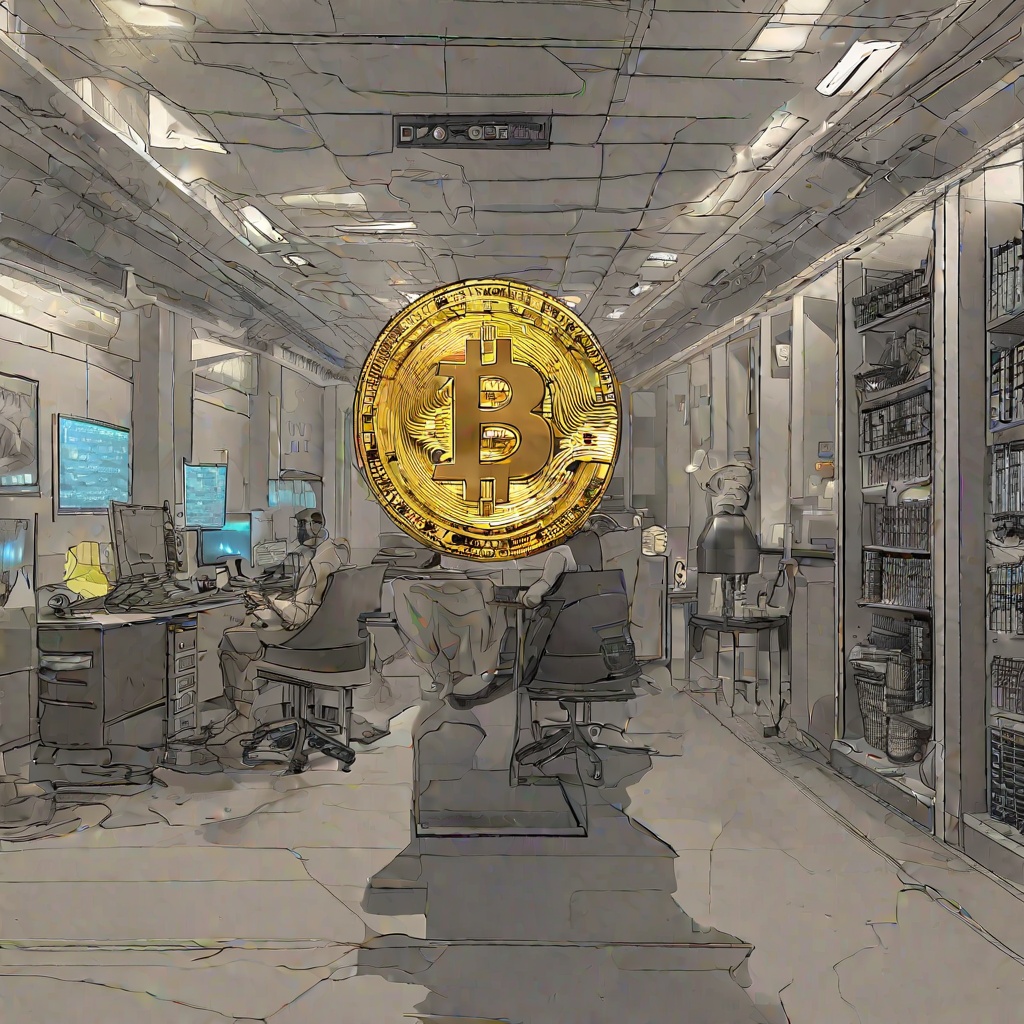What is the difference between Aleph 0 and Aleph 1?
I'm curious to understand the distinction between Aleph 0 and Aleph 1 in the realm of cryptography or blockchain technology. Could you please elaborate on how they differ from each other? Are they both cryptographic primitives, or do they serve different purposes? Additionally, what specific use cases or advantages does each of them offer in the context of cryptocurrency and finance?

What is the difference between DPI and pixels?
Can you clarify the distinction between DPI and pixels for me? I've heard these terms used interchangeably, but I'm not entirely sure how they differ. DPI, I understand, refers to dots per inch, but how does that compare to pixels, which I assume are the tiny building blocks of digital images? How do they relate to each other, and why is it important to distinguish between them?

What is the difference between emoney and crypto?
Could you please elaborate on the distinction between emoney and cryptocurrency? I'm curious to understand how they differ in terms of their underlying technology, use cases, security measures, and potential impact on the financial landscape. Additionally, are there any regulatory differences that distinguish them, and how do they compare in terms of accessibility and adoption rates among users?

What is the difference between Senate and Sidus token?
Could you please clarify the distinction between Senate and Sidus tokens? Are they both cryptocurrencies, or do they serve different purposes within the blockchain ecosystem? What sets them apart in terms of functionality, adoption, and potential use cases? Additionally, how do their market performances and valuations compare?

What is the difference between sidus and senate token?
Could you please clarify the distinction between the Sidus and Senate tokens? I'm interested in understanding the key differences in their functionality, purpose, and potential value proposition. Are they both utility tokens or do they serve different roles within their respective ecosystems? Additionally, what sets them apart from other similar tokens in the market, and how do their respective tokenomics contribute to their unique characteristics?

